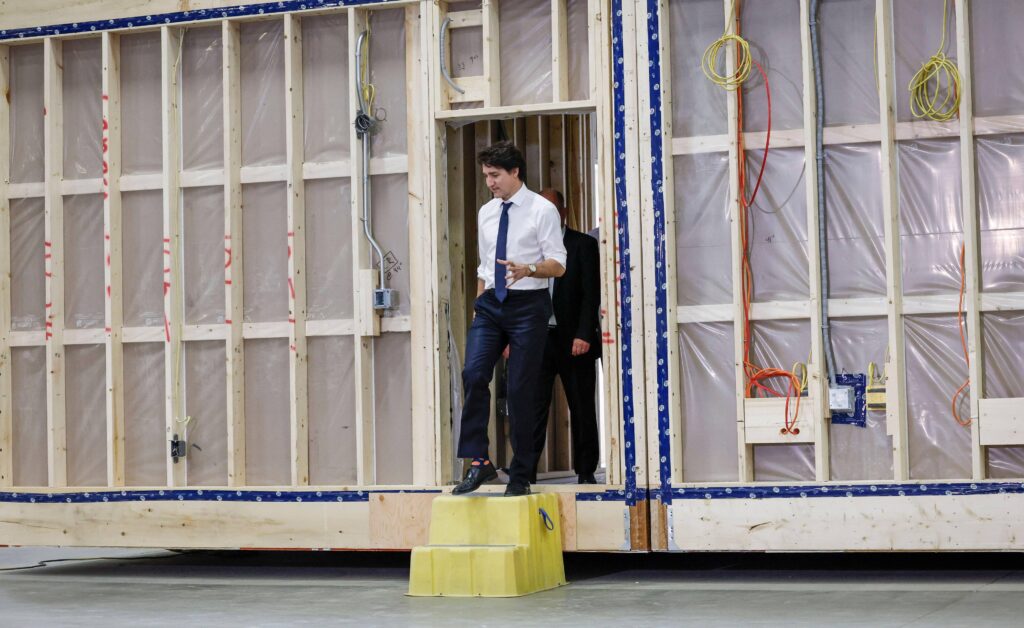NSW is looking to build upwards and not outwards, vowing to unlock infill development as the state grapples with a land shortage, exacerbating its 377,000 housing gap.
“NSW needs more homes,” according to Daniel Mookhey, NSW’s Treasurer, who outlined the Minns Government’s plans to build 30,000 new homes, including 21,000 on government infill and surplus lands, which is now looking to activate new stock in existing communities.
“More homes for renters. More homes for key workers. More homes for people escaping violence at home. More homes in metropolitan NSW. More homes in regional NSW. More homes close to public transport. More homes in neighbourhoods people love living in,” Treasurer Mookhey said in his budget speech.
Can Prefab Infill Ease the Housing Squeeze?
Earlier this month, Wood Central reported on a plan by Canadian policymakers to embrace infill sites to build on unused lands within heavily built-up cities. Infill construction occurs when urban planners use vacant or underused plots of land—with the underutilised space used to create low-rise housing where infrastructure already exists.
“We need new approaches to housing that get us from where we are now to a dramatic increase in supply,” according to Rosaline Hill, the architect, planner and development consultant driving the program. “We’re not looking for fine-tuning or minor improvements. We need a significant change.”

Under the NSW plan, the Minns Government will optimise infill sites via Landcom, the state’s development arm, which will work with Homes NSW – which will work with government agencies to build on the sites before being offered to private developers – which will have incentives dangle before them to make the projects stake up.
While not revealing where the sites are (yet), the NSW government already has 44 sites identified, all close to public transport options: “We would much prefer to use land near transport than continue to expand the footprint of our city, which leads to higher electricity and water bills,” Treasurer Mookhey told reporters yesterday.
The budget also includes $5.1 billion spent on social housing, including 8,400 dwellings constructed or renovated, 6,200 new homes, and 2,200 existing dwellings brought up to standards. The state also revealed a $650 million allocation for essential worker accommodation, including $450 million for a Key Worker Build-to-Rent program and $200 million for health worker accommodation in rural and regional areas.

Housing supply: Don’t harm the goose that lays the golden egg
Stephen Fenn, CEO of the NSW Urban Taskforce, said NSW needed to supercharge housing supply over the next five years. Otherwise, the state’s bottom line would deteriorate, and the National Housing Accord targets would not be met.
Mr Fenn said the Budget made it clear that property was the source of a significant proportion of the NSW Government’s revenue, adding that the budget papers show that property taxes and transfer duties will raise more than $21 billion in revenue for NSW in 2024-25—44% of total state-generated revenue and 18% of total revenue.
“The risk here is that policies and funding priorities in this Budget kill off or significantly harm the goose that lays the golden eggs,” he said. “The Budget did nothing to remove the raft of government taxes and fees on new housing—in fact; it introduced a new charge in the form of the Strategic Biodiversity Component charge for the 2024-25 financial year, which will take a further $50 million from new housing over the next four years.”
“These charges not only impact the feasibility of new housing but, at the end of the day, are simply added to the price of a new home—and young people and families are a big portion of this market.”






